
A "climate of fear has made families more reluctant than ever to complain about unsafe working conditions, concerned that employers will retaliate. Even so, young people continue to work to help their parents pay bills and put food on the table."

A "climate of fear has made families more reluctant than ever to complain about unsafe working conditions, concerned that employers will retaliate. Even so, young people continue to work to help their parents pay bills and put food on the table."
Some parasitic ant queens can sneak into other species' colonies and douse the true queen in an acid that compels the workers—her daughters—to turn against her.
After the workers kill their queen, the usurper swoops in.
www.nytimes.com/2025/11/17/s...

Some parasitic ant queens can sneak into other species' colonies and douse the true queen in an acid that compels the workers—her daughters—to turn against her.
After the workers kill their queen, the usurper swoops in.
www.nytimes.com/2025/11/17/s...
But there's restoration work still to do. Some federal funding for it is delayed. @nytimes.com
www.nytimes.com/2025/10/29/c...

But there's restoration work still to do. Some federal funding for it is delayed. @nytimes.com
www.nytimes.com/2025/10/29/c...
But other experts, while recognizing that may technically be possible, want more evidence.
Read more at NatGeo:
www.nationalgeographic.com/science/arti...

But other experts, while recognizing that may technically be possible, want more evidence.
Read more at NatGeo:
www.nationalgeographic.com/science/arti...
I spoke with tsunami expert Corina Allen, who worked to ensure tsunami alerts made it to the public. She was fired in February.
Read her story and others':
www.nytimes.com/2025/10/23/c...

I spoke with tsunami expert Corina Allen, who worked to ensure tsunami alerts made it to the public. She was fired in February.
Read her story and others':
www.nytimes.com/2025/10/23/c...
Just don't get hit by poop when you're looking up at them!
In honor of fall migration, we're reupping this gorgeous photo essay, with words by @rdzombak.bsky.social, about how Washington state is handling too much of a good thing. 🐦

Just don't get hit by poop when you're looking up at them!
For @highcountrynews.org:
www.hcn.org/articles/was...

For @highcountrynews.org:
www.hcn.org/articles/was...
Washington state is working to raise awareness of fire risk in its wet, forested environs and developing a plan to best fight fires here.
www.nytimes.com/2025/08/06/c...

Washington state is working to raise awareness of fire risk in its wet, forested environs and developing a plan to best fight fires here.
www.nytimes.com/2025/08/06/c...
In 2023 and 2024, forests were hit hard, two studies show.
www.nytimes.com/2025/07/21/c...
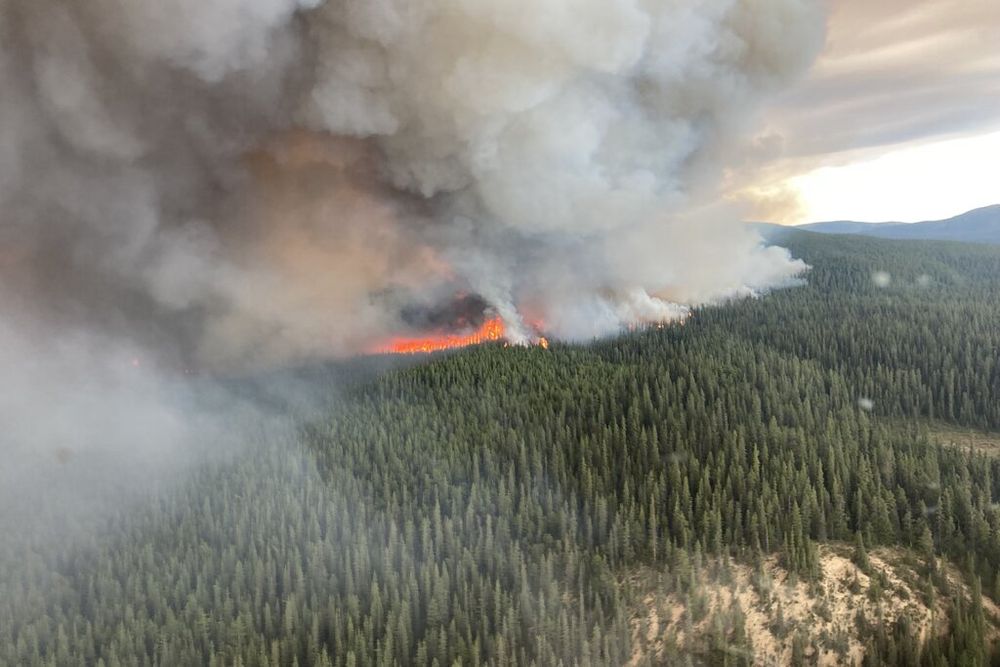
In 2023 and 2024, forests were hit hard, two studies show.
www.nytimes.com/2025/07/21/c...
Trump's proposed budget would shut it down.
www.nytimes.com/2025/07/17/c...
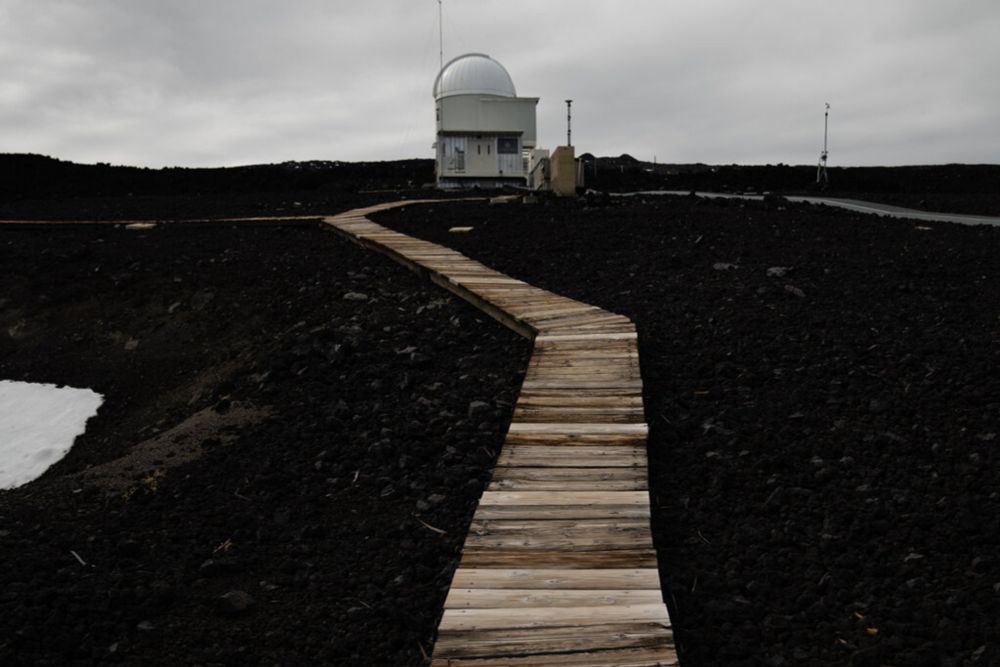
Trump's proposed budget would shut it down.
www.nytimes.com/2025/07/17/c...
“NASA has no legal obligations to host globalchange.gov’s data,” a spokeswoman said today. “We never did and will not host the data.”www.nytimes.com/2025/07/14/c...re

“NASA has no legal obligations to host globalchange.gov’s data,” a spokeswoman said today. “We never did and will not host the data.”www.nytimes.com/2025/07/14/c...re
It still has to pass Congress, but it's already affecting scientists. A program supporting promising new climate scientists furloughed its current cohort and canceled 2025 awards.
www.nytimes.com/2025/07/09/c...

It still has to pass Congress, but it's already affecting scientists. A program supporting promising new climate scientists furloughed its current cohort and canceled 2025 awards.
www.nytimes.com/2025/07/09/c...
But in some spots, they're sinking faster than expected. A new study shows where and how fast it's happening.
www.nytimes.com/2025/07/07/c...
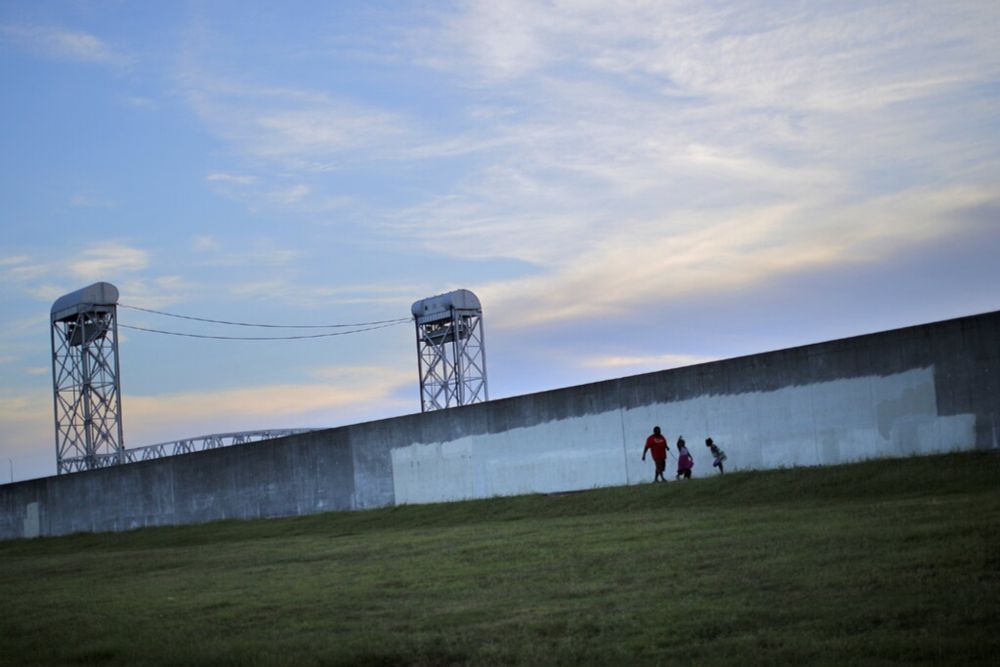
But in some spots, they're sinking faster than expected. A new study shows where and how fast it's happening.
www.nytimes.com/2025/07/07/c...
www.nytimes.com/2025/06/30/c...
www.nytimes.com/2025/06/30/c...
The reports' website disappeared on Monday. NASA will now host them online.
www.nytimes.com/2025/07/01/c...

The reports' website disappeared on Monday. NASA will now host them online.
www.nytimes.com/2025/07/01/c...

www.nytimes.com/2025/07/01/c...
Today's announcement cited cybersecurity concerns as the reason for originally pulling the data.
www.nytimes.com/2025/06/30/c...

Today's announcement cited cybersecurity concerns as the reason for originally pulling the data.
www.nytimes.com/2025/06/30/c...
The satellites aren't being decommissioned. The agencies will simply stop providing the satellites' data.
www.nytimes.com/2025/06/27/c...
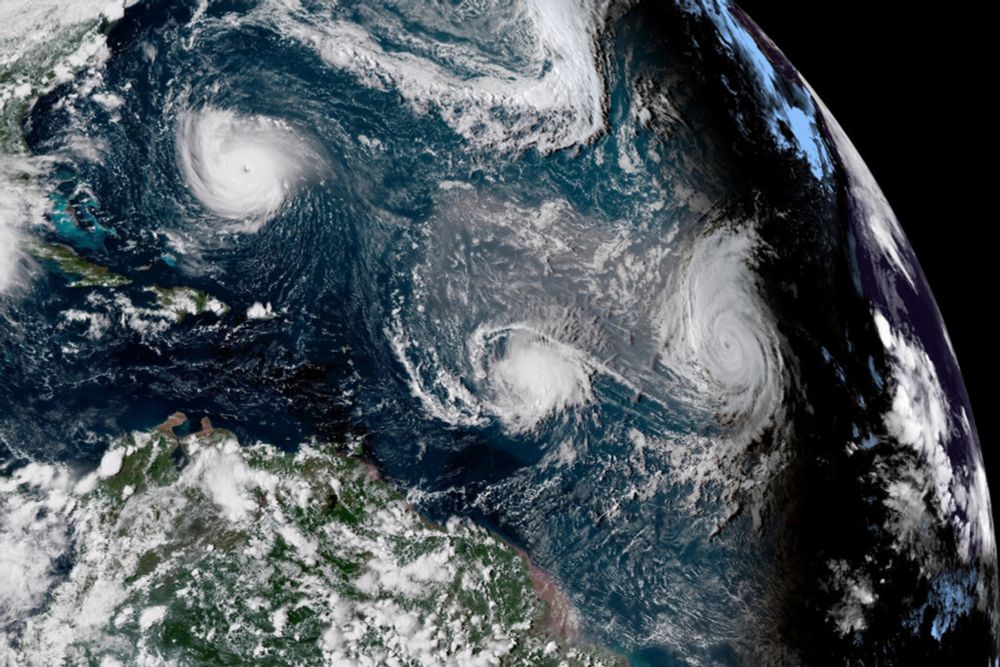
The satellites aren't being decommissioned. The agencies will simply stop providing the satellites' data.
www.nytimes.com/2025/06/27/c...
But delayed federal funds and a proposed budget cut threaten this key work.
www.nytimes.com/2025/06/20/c...

But delayed federal funds and a proposed budget cut threaten this key work.
www.nytimes.com/2025/06/20/c...
But it's still safe to fly on hot days, experts said.
Read on to learn why:
www.nytimes.com/2025/06/13/c...

But it's still safe to fly on hot days, experts said.
Read on to learn why:
www.nytimes.com/2025/06/13/c...
www.nytimes.com/2025/06/12/c...

www.nytimes.com/2025/06/12/c...
This "atmospheric thirst" is largely responsible for the increase in drought severity and areal extent seen in the last 40 years, a new study finds.
"A hotter world is a thirstier world."
www.nytimes.com/2025/06/04/c...

This "atmospheric thirst" is largely responsible for the increase in drought severity and areal extent seen in the last 40 years, a new study finds.
"A hotter world is a thirstier world."
www.nytimes.com/2025/06/04/c...
www.pewresearch.org/science/2024...
Read Somini's piece:

www.pewresearch.org/science/2024...
Read Somini's piece:
Trump's proposed budget eliminates this program entirely, allocating $0 for 2026.
www.nytimes.com/2025/05/31/c...
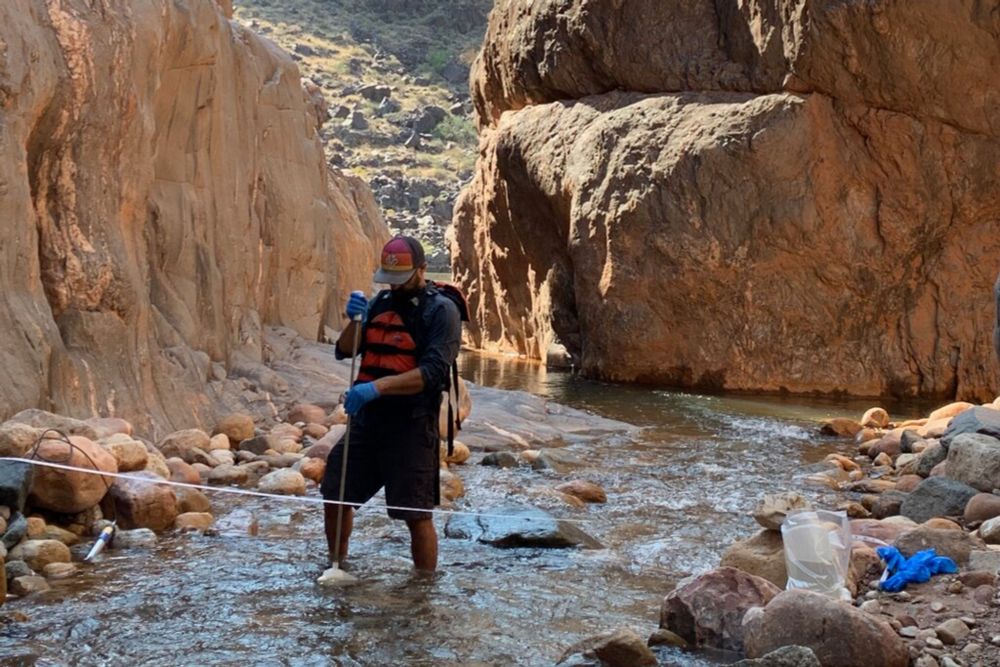
Trump's proposed budget eliminates this program entirely, allocating $0 for 2026.
www.nytimes.com/2025/05/31/c...
But the biggest losses are yet to come, a new study finds. A lot of melt is already locked in.
www.nytimes.com/2025/05/29/c...

But the biggest losses are yet to come, a new study finds. A lot of melt is already locked in.
www.nytimes.com/2025/05/29/c...

